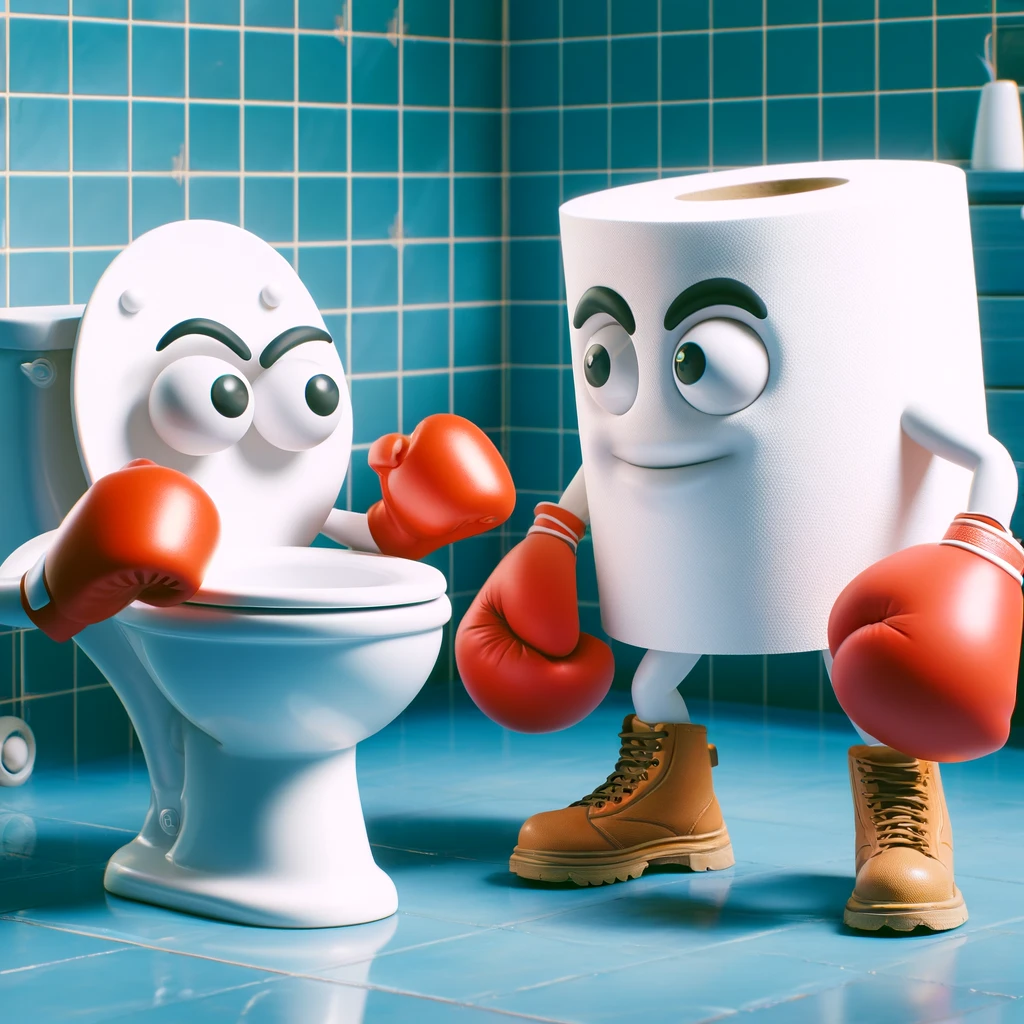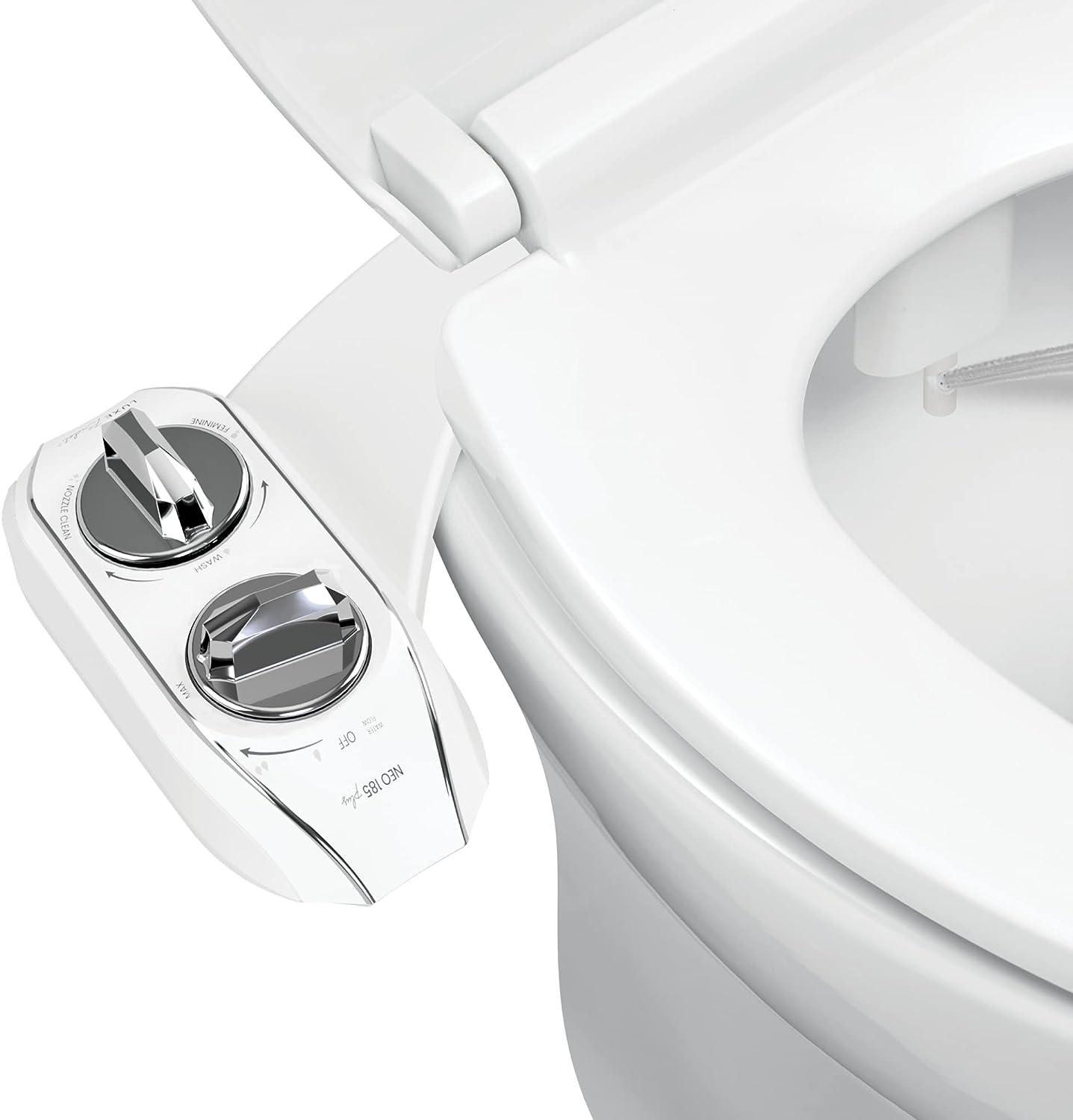Key Facts
Toilet Paper
Toilet paper, as we know it today, originated in ancient China. The earliest recorded use of toilet paper dates back to the 6th century AD in China. By the 14th century, it was being mass-produced for the imperial family. However, commercially packaged toilet paper was introduced in the Western world in the mid-19th century. Joseph Gayetty created the first commercially available toilet paper in the United States in 1857. The product was marketed as “medicated paper” for its health benefits. The primary reason for its creation was to provide a more hygienic and convenient alternative to the materials previously used for personal hygiene, such as leaves, corn cobs, and old newspapers. The innovation of toilet paper significantly improved sanitation and personal comfort, leading to its widespread adoption globally.
Bidets
The Bidet was invented in France in the early 18th century. The earliest known reference to a Bidet dates back to around 1710, with its invention attributed to French furniture makers. The word “bidet” comes from the French word for a small horse, as the early versions of the device required users to straddle it, much like riding a horse. Initially, bidets were considered a luxury item for the wealthy and were commonly found in the bedrooms of French aristocrats. Over time, the bidet evolved in design and became more widespread in Europe and, eventually, other parts of the world. The main purpose of the bidet was, and still is, to promote personal hygiene by providing a convenient way to clean the genital and anal areas after using the toilet.
Cost Effectiveness of Toilet Paper vs Bidets

When comparing the cost-effectiveness of bidets and toilet paper, several factors come into play:
Toilet Paper:
- Initial Cost: Low
- Ongoing Cost: High due to continuous purchases
- Environmental Impact: Significant due to deforestation, manufacturing, and transportation
Bidet:
- Initial Cost: Higher for purchase and installation
- Ongoing Cost: Low (mainly water usage)
- Environmental Impact: Lower due to reduced toilet paper use
Conclusion: While bidets have a higher upfront cost, they tend to be more cost-effective over time due to lower ongoing expenses and environmental benefits.
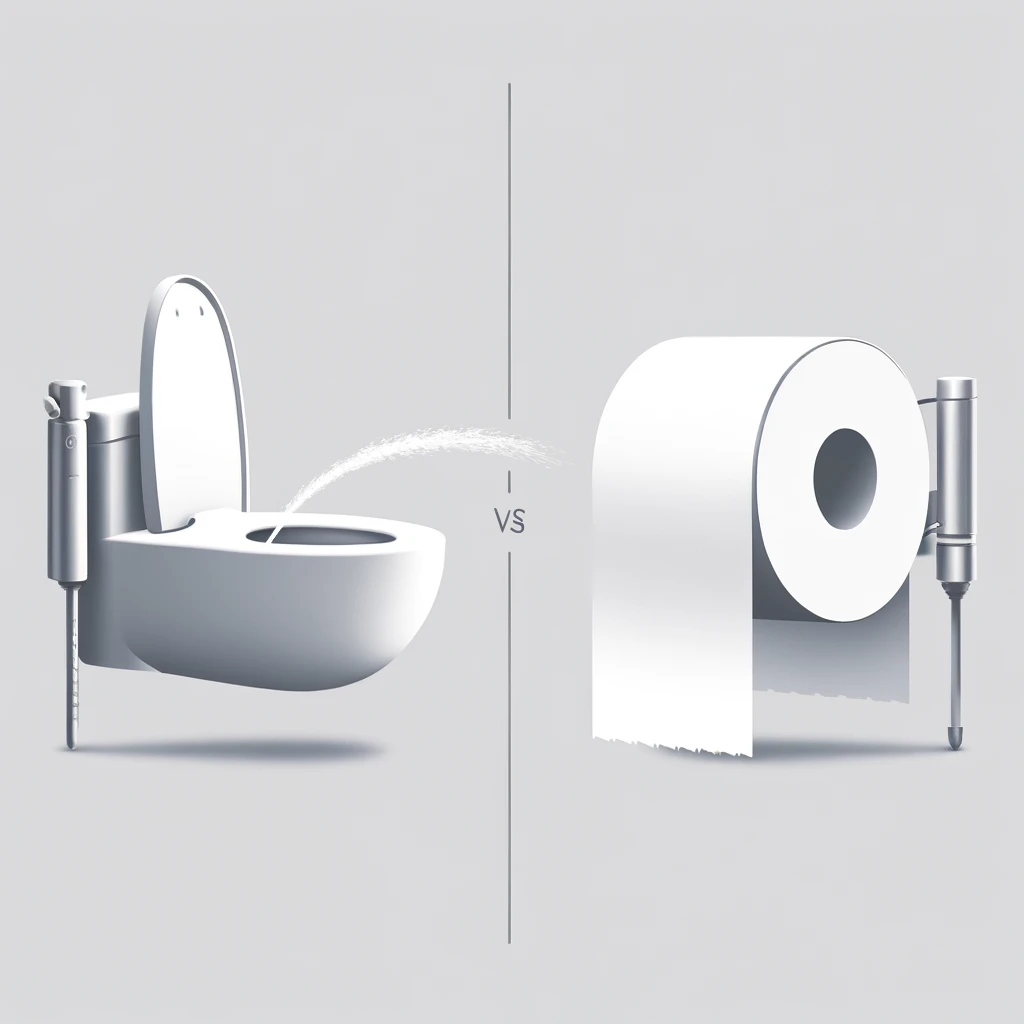
Hygiene – Bidets vs. Toilet Paper
Toilet Paper:
- Hygiene: Less effective, may leave residue, and can cause irritation.
- Comfort: Can be abrasive, particularly low-quality paper.
- Environmental Impact: High due to deforestation, manufacturing, and transportation processes.
Bidets:
- Hygiene: More effective in cleaning, reducing the risk of infections and irritation.
- Comfort: Gentler on the skin, especially beneficial for people with sensitive skin or medical conditions.
- Environmental Impact: Significantly reduces toilet paper usage, conserving trees and reducing waste.
Conclusion: Bidets are generally more effective, hygienic, and environmentally friendly than toilet paper.
Environmental Impact Comparison: Bidets vs. Toilet Paper
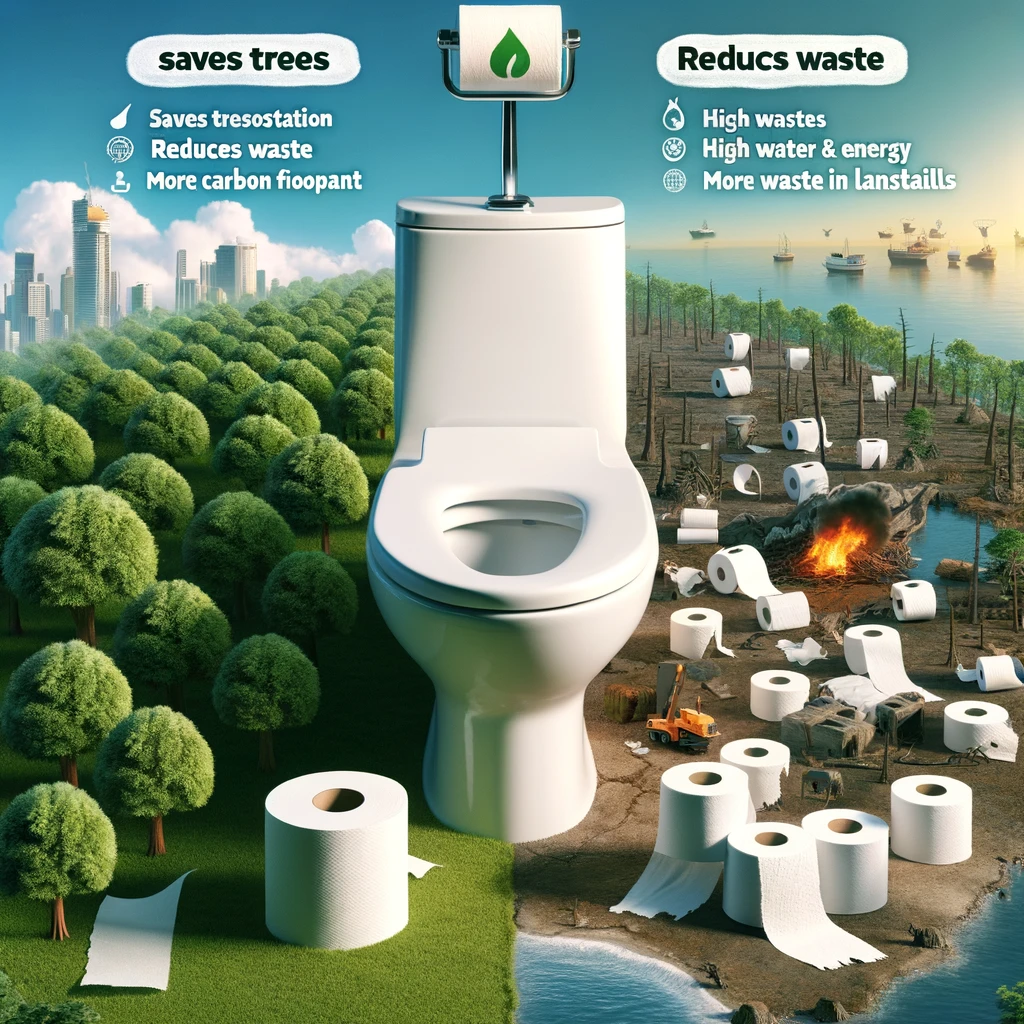
Toilet Paper:
- Resource Consumption: Production requires significant amounts of wood, water, and energy.
- Deforestation: Contributes to deforestation, with millions of trees cut down annually.
- Waste: Generates substantial waste, filling up landfills and increasing environmental pollution.
- Carbon Footprint: Manufacturing and transportation contribute to greenhouse gas emissions.
Bidets:
- Resource Efficiency: Uses a minimal amount of water for each use, reducing overall resource consumption.
- Waste Reduction: Significantly decreases the need for toilet paper, thus reducing waste and saving trees.
- Long-Term Sustainability: More sustainable with lower environmental impact over time.
Conclusion: Bidets are more environmentally friendly than toilet paper, conserving resources, reducing waste, and minimizing carbon footprints.
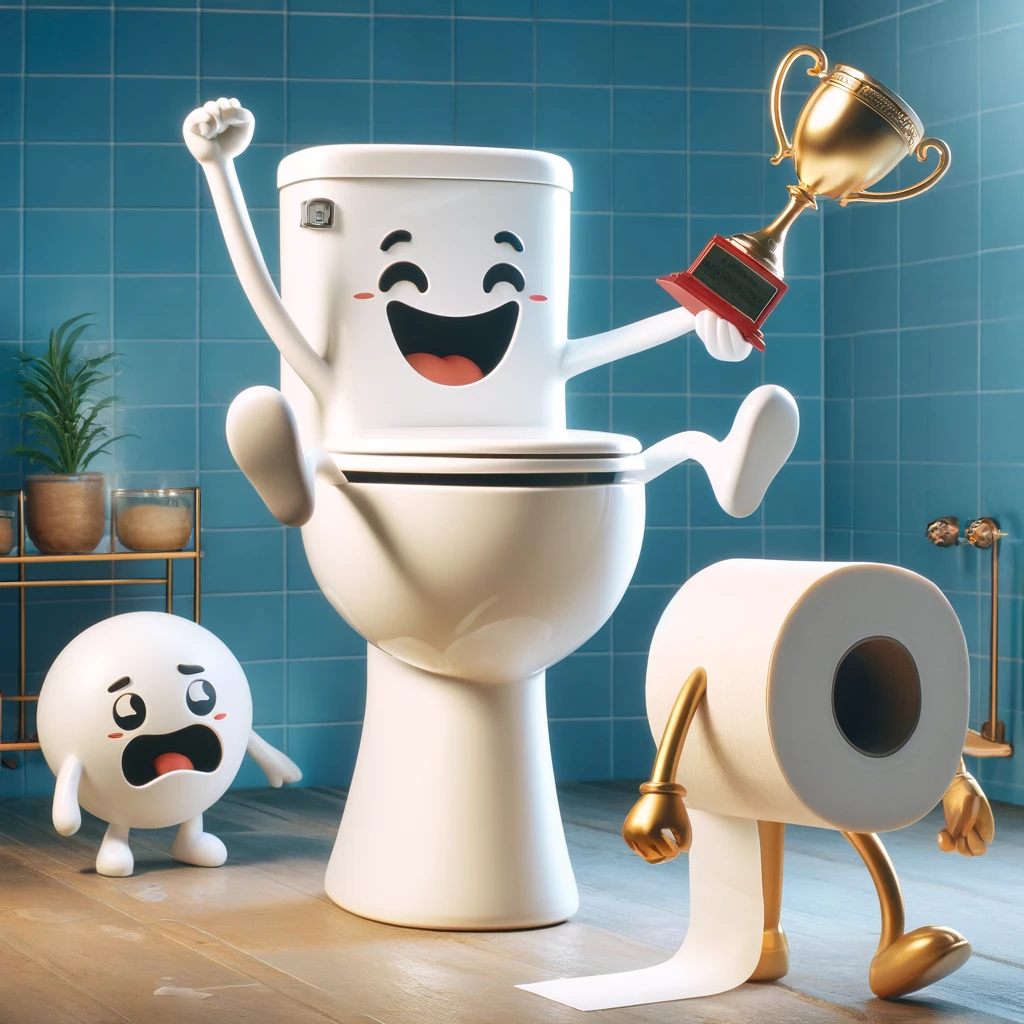
Overall Conclusion: Toilets vs. Bidets
Effectiveness:
- Bidets: Provide superior cleaning, reduce risk of infections, and are gentler on the skin.
- Toilet Paper: Less effective at cleaning, can cause irritation, and may leave residue.
Environmental Impact:
- Bidets: Environmentally friendly, save trees, reduce waste, and lower carbon footprints.
- Toilet Paper: Contributes to deforestation, high water and energy usage, and increased landfill waste.
Cost-Effectiveness:
- Bidets: Higher initial cost but lower ongoing expenses and environmental benefits.
- Toilet Paper: Lower initial cost but higher ongoing expenses due to continuous purchases.
Conclusion: Bidets are more effective, environmentally friendly, and cost-effective over time compared to toilet paper. They provide better hygiene, comfort, and sustainability, making them a superior choice for personal hygiene.

